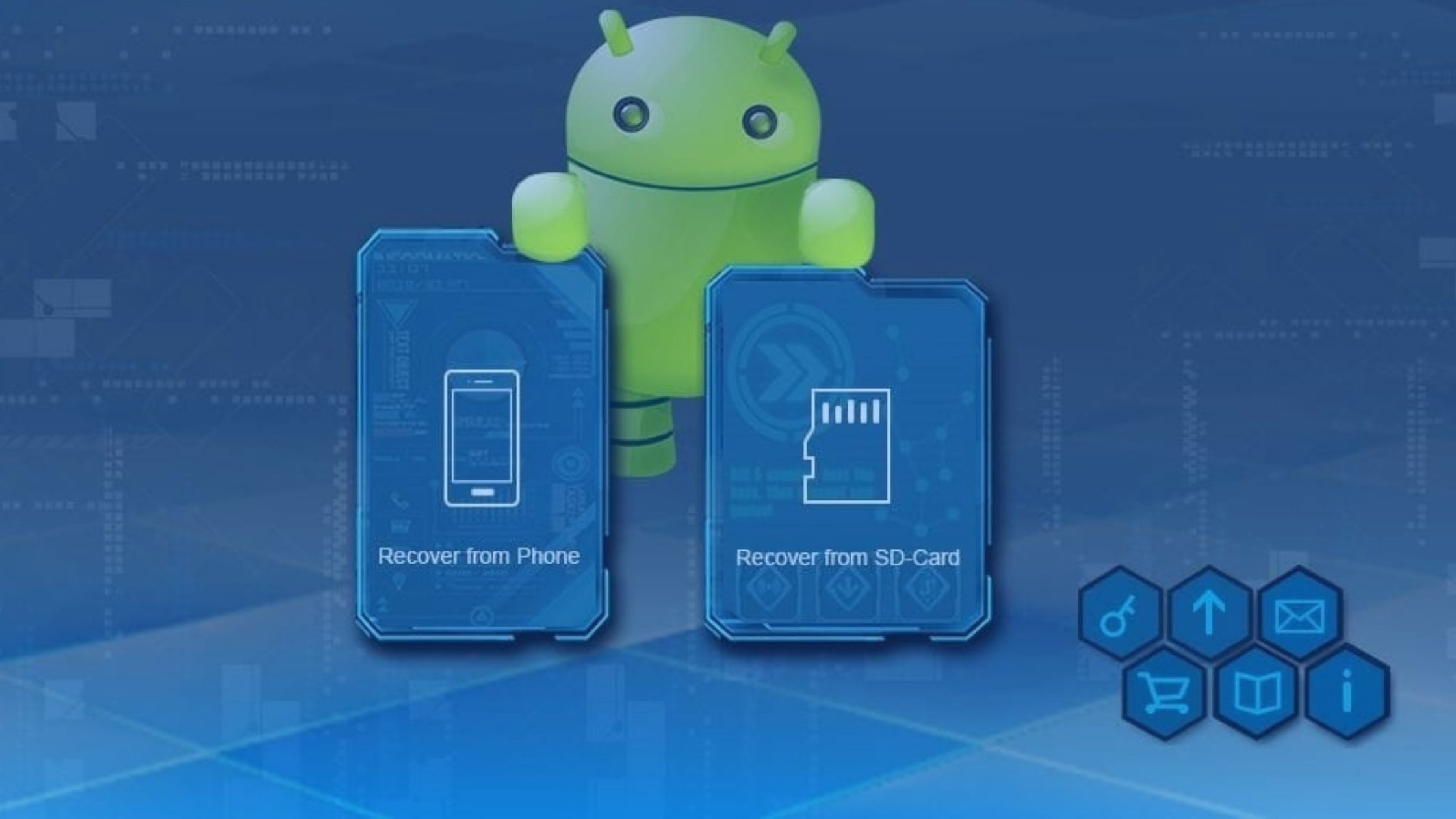Introduction
In today’s digital age, mobile devices have become ubiquitous tools for communication, productivity, and entertainment. With the proliferation of smartphones and tablets, these devices store a wealth of sensitive information, making them valuable sources of evidence in criminal investigations, corporate disputes, and civil litigation. Mobile device forensics, the process of extracting and analyzing data from mobile devices, plays a crucial role in uncovering digital evidence and unraveling complex cases. This article explores the strategies and techniques employed in mobile device forensics, shedding light on the methodologies used to crack the mobile code and extract valuable insights from these portable digital repositories.
Understanding Mobile Device Forensics
Mobile device forensics is a specialized branch of digital forensics focused on the acquisition, preservation, analysis, and presentation of digital evidence stored on mobile devices such as smartphones, tablets, and wearables. This process involves retrieving a wide range of data types, including text messages, call logs, emails, photos, videos, social media communications, browsing history, location information, and app data.
The need for mobile device forensics arises from various scenarios, including
Criminal Investigations: Law enforcement agencies utilize mobile device forensics to gather evidence related to criminal activities such as drug trafficking, terrorism, cybercrime, and child exploitation. Mobile devices often contain valuable information, including communication records, geolocation data, and digital artifacts that can link suspects to criminal activities.
Corporate Investigations: In cases of corporate disputes, intellectual property theft, or employee misconduct, mobile device forensics can uncover evidence of wrongdoing, such as unauthorized data access, breaches of confidentiality, or collusion with competitors. Employers may examine employee-owned or company-issued mobile devices to gather evidence for internal investigations or legal proceedings.
Civil Litigation: Mobile device forensics plays a pivotal role in civil litigation cases, including family law disputes, personal injury claims, and intellectual property disputes. Mobile devices may contain crucial evidence, such as text messages, emails, or multimedia files, relevant to the case’s outcome, requiring forensic analysis to authenticate and interpret the data.
Strategies in Mobile Device Forensics
Mobile device forensics encompasses a range of strategies and techniques designed to extract, analyze, and interpret digital evidence from mobile devices. Some key strategies employed in mobile device forensics include:
Device Acquisition: The first step in mobile device forensics is acquiring a forensic image of the mobile device’s storage media. This process involves connecting the device to a forensic workstation and creating a bit-by-bit copy or forensic image of the device’s internal memory, external storage, and SIM card. Forensic tools such as Cellebrite, Oxygen Forensic Detective, and XRY are commonly used to acquire data from a wide range of mobile devices, bypassing security measures and encryption protections.
Data Extraction and Parsing: Once the forensic image is acquired, forensic analysts use specialized software tools to extract and parse relevant data from the image. These tools can parse various data sources, including call logs, text messages, emails, contacts, calendars, photos, videos, social media communications, app data, and geolocation information. Forensic examiners carefully analyze the extracted data, identifying pertinent evidence and artifacts that may be relevant to the investigation.
Data Recovery and Reconstruction: In cases where data is deleted or corrupted, forensic analysts employ data recovery techniques to retrieve lost or fragmented data from the mobile device’s storage media. This may involve searching for deleted files in unallocated space, reconstructing file fragments, or recovering deleted database records. Advanced data recovery tools and techniques, such as file carving, database analysis, and data carving, are used to recover valuable evidence from damaged or inaccessible storage media.
Timeline Analysis and Correlation: Forensic analysts analyze the extracted data to reconstruct the chronological timeline of events and correlate digital artifacts to establish a sequence of activities. Timeline analysis involves examining timestamps, metadata, and transaction logs to identify patterns, connections, and correlations between different pieces of evidence. This helps investigators reconstruct the sequence of events, corroborate witness statements, and establish the context surrounding the case.
Keyword Searching and Filtering: To expedite the analysis process, forensic analysts employ keyword searching and filtering techniques to identify relevant information within the extracted data. This involves creating search queries based on keywords, phrases, file extensions, or regular expressions to locate specific types of data relevant to the investigation. Keyword searching and filtering help narrow down the scope of analysis, allowing forensic examiners to focus on pertinent evidence and disregard irrelevant data.
Metadata Analysis: Metadata, such as timestamps, geolocation data, and device identifiers, provide valuable context and corroborating evidence in mobile device forensics. Forensic analysts examine metadata associated with digital artifacts to validate the authenticity of the evidence, establish the chain of custody, and reconstruct the timeline of events. Metadata analysis can reveal crucial details about the origin, manipulation, and dissemination of digital evidence, aiding in the investigative process.
Challenges and Considerations
Despite its effectiveness, mobile device forensics presents several challenges and considerations:
Encryption and Security Protections: Modern mobile devices employ encryption and security protections to safeguard user data, making it challenging to acquire and analyze data without proper credentials or bypassing security measures. Forensic analysts must employ specialized techniques and tools to overcome encryption barriers and access encrypted data while adhering to legal and ethical guidelines.
Device Diversity and Fragmentation: The diversity of mobile devices, operating systems, and software versions poses challenges in mobile device forensics, requiring forensic analysts to stay abreast of the latest technologies and develop expertise in a wide range of platforms. Fragmentation within the Android ecosystem, in particular, complicates forensic analysis due to device-specific variations, manufacturer customizations, and software updates.
Cloud-Based Data Storage: The proliferation of cloud-based services and remote storage solutions introduces complexities in mobile device forensics, as relevant data may be stored off-device in cloud environments. Forensic analysts must navigate legal and technical challenges associated with accessing and analyzing cloud-based data while ensuring compliance with privacy regulations and service provider terms of service.
Privacy and Legal Considerations: Mobile device forensics raises privacy and legal considerations regarding the collection, handling, and use of sensitive personal information. Forensic analysts must adhere to legal requirements, obtain proper authorization, and respect individuals’ privacy rights when conducting forensic examinations of mobile devices. Compliance with applicable laws, regulations, and ethical standards is paramount to ensure the admissibility and integrity of digital evidence in legal proceedings.
Conclusion
In conclusion, mobile device forensics is a vital investigative tool for uncovering digital evidence and unraveling complex cases in today’s digital landscape. By employing strategies such as device acquisition, data extraction, timeline analysis, and metadata examination, forensic analysts can crack the mobile code and extract valuable insights from mobile devices, aiding law enforcement agencies, corporate investigators, and legal professionals in their pursuit of justice.
As mobile technology continues to evolve and shape our digital interactions, the importance of mobile device forensics will only continue to grow. By addressing the challenges and considerations inherent in mobile device forensics, forensic practitioners can enhance their investigative capabilities, preserve digital evidence integrity, and contribute to the effective administration of justice in an increasingly mobile-centric world.




